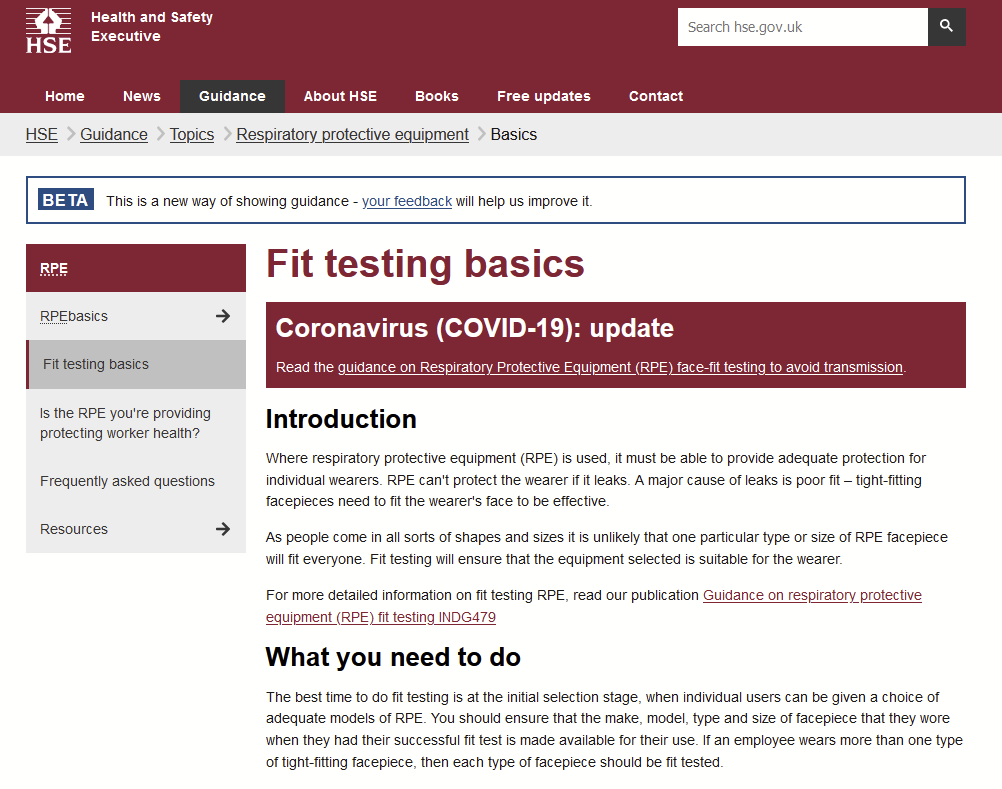
What are 'non-disposable' hi-fi #masks and are they effective respiratory protection? Another short 🧵...
Disclaimer: To demonstrate mask features/types, I will show example images of masks and credit their source. I do not endorse these or any brands, or specific masks.
1/
Disclaimer: To demonstrate mask features/types, I will show example images of masks and credit their source. I do not endorse these or any brands, or specific masks.
1/
2/ I will discuss 2 types of non-disposable #facemasks. The 1st has layer/s of #N95/#FFP2 material internally and usually cotton outer layers. They are marketed as being washable & re-usable. The 2nd is called an '#elastomeric' or 'half-face' #respirator. Images: @vogmask @3M 



3/ Important: if the mask comes with a certification (e.g. CE mark in the UK/EU; NIOSH-CDC label in the US) then they have been tested and fulfil the requirements of relevant product standard e.g. #FFP2/#N95. If this is absent, the mask may use the materials but not be certified.
4/ You can usually go to the brand's website to download certificates and technical specifications. Here's an example from @vogmask: vogmask.com/pages/technical
5/ Washable #N95/#FFP2 masks: many washable mask manufacturers say that their masks can be washed multiple times, with no/little impact on their efficacy. @masknerd tested this and found a substantial change after just five washes for some masks:
https://twitter.com/masknerd/status/1445044628948914177?s=20
6/ Given that one can re-use a disposable mask many times without washing it, and with little change in efficacy up to at least 40 hours, I am not convinced of the utility of washable hi-fi masks. But they may be more comfortable, and look less 'clinical'.
7/ For information on how to re-use a disposable mask, please see my other thread (particularly tweet #8 in that 🧵):
https://twitter.com/claire_horwell/status/1466400270137630727?s=20
8/ Elastomeric masks are made of natural or synthetic rubber. Some other half-face respirators are plastic. The mask itself is not the filter. The filter/s are attached to the front or side of the mask in cartridges that must be replaced, periodically. cdc.gov/niosh/npptl/re…
9/ These masks are designed for industrial use. I never imagined that the public would find it acceptable to wear these masks, but if you are interested in wearing them, there's one important thing to know: THEY HAVE THE SAME EFFICACY AS DISPOSABLE MASKS WITH THE SAME CERTIFICATE
10/ They are not simple to use. There are many cartridge and filter types & shapes - you have to know which type & shape fits your mask. Take a look at this PDF to get an idea of how complicated it can be, even once you narrow down to particulate filters!
multimedia.3m.com/mws/media/5652…
multimedia.3m.com/mws/media/5652…

11/ As the masks are made of rubber, they often have an in-built valve to let out exhaled air. This is not recommended for #Covid_19 in case you're infected. Some companies are now sealing off the valve ... this results in moisture literally pooling in the bottom of the mask!
12/ Elastomeric masks usually have plastic, adjustable headstraps which can be hard to fit. @CDCgov says workers must be fit-tested. For the public, fit-testing isn't possible but due to the complexity of these masks, they are difficult to use correctly.
cdc.gov/niosh/npptl/re…
cdc.gov/niosh/npptl/re…

13/ #BetterMasks are important but there are choices to be made, for efficacy, comfort, acceptability and the environment! To see my other threads on fit-testing, features and use of disposable masks etc. please see my thread collection at:
https://twitter.com/claire_horwell/status/1473051827667185673?s=20
14/ Additional tweet: apologies - I forgot to say - there are some elastomeric masks available which don't require external cartridges to be clipped on (but do require replacement, propietary integrated filters) and are aimed more to the public e.g. envomask.com 

• • •
Missing some Tweet in this thread? You can try to
force a refresh










